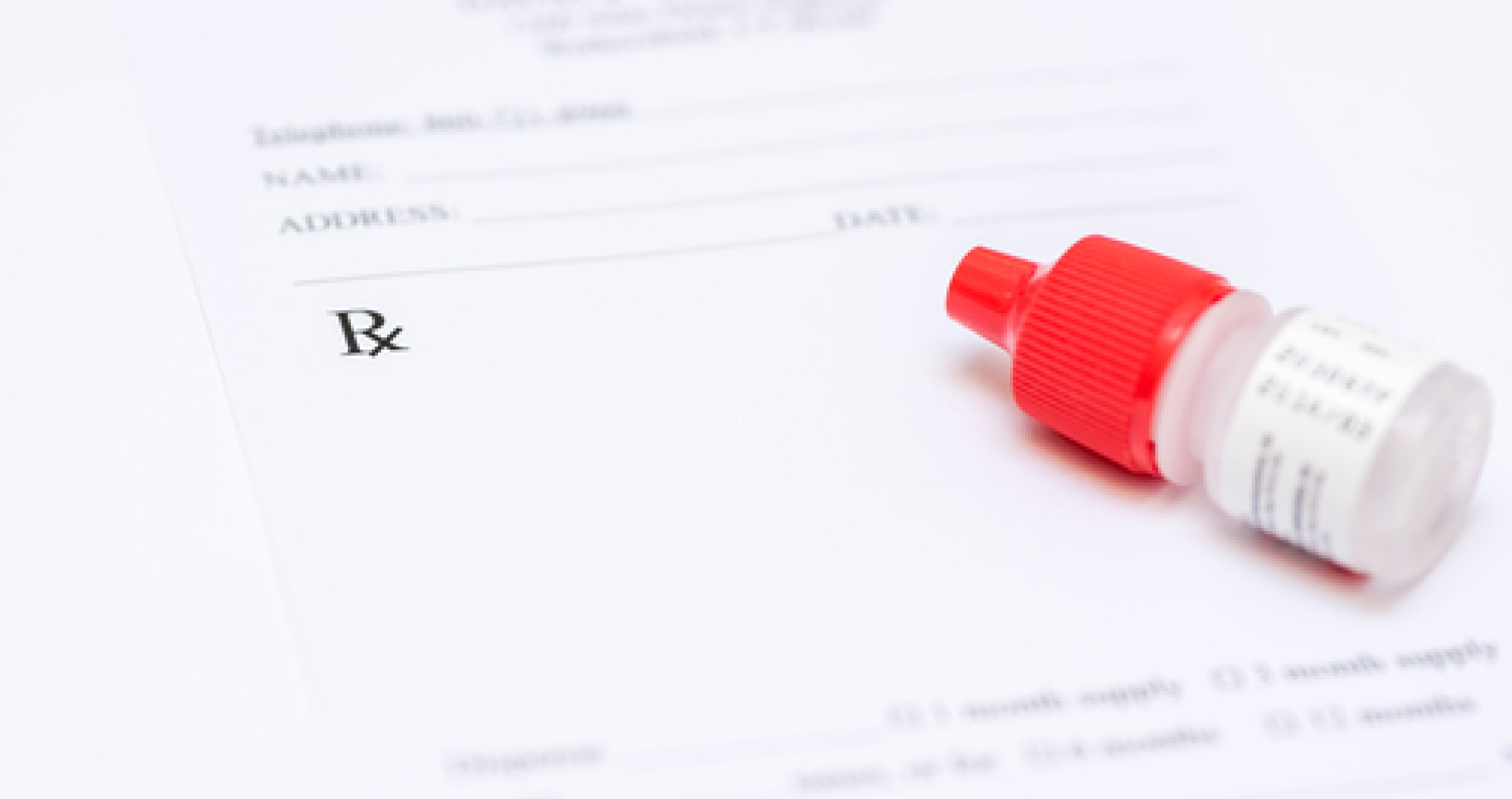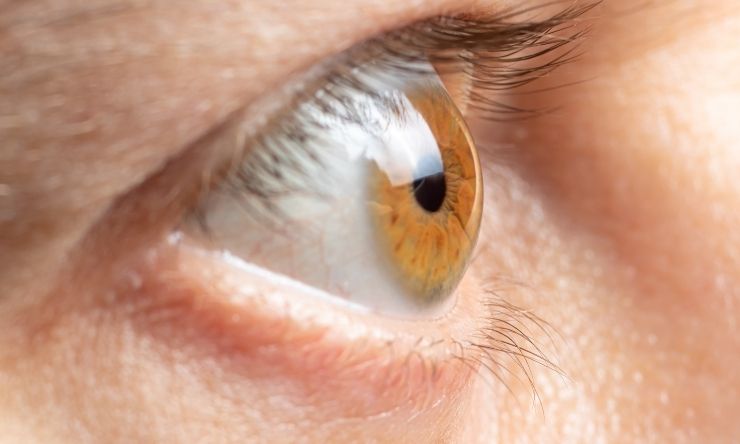Share
There are a number of classes of medications currently in use to treat glaucoma. A combination of medications may be prescribed by your eye health provider.

Dose or medication changes to your prescription may be made over time to reduce side effects or provide a more effective treatment. These medications are generally intended to prevent damage to the optic nerve by reducing pressure in the eye(s), also known as intraocular pressure (IOP). People with glaucoma should ensure they use prescribed medicines as directed and should discuss any concerns with their pharmacist to ensure they get the most benefit from treatment.
Medicines used to treat glaucoma are classified by their active ingredient. These include: prostaglandin analogues, beta blockers, alpha agonists, carbonic anhydrase inhibitors and diuretics. Eye drops are usually the first choice for treatment of glaucoma. For many people a combination of medications and laser treatment can safely control eye pressure for years. Eye drops used in managing glaucoma decrease IOP by helping the eye’s fluid (called aqueous humor) to drain better as well as decreasing the amount of fluid made by the eye. If you need to use more than one type of eye drop, you may need to take each medicine in a certain order, as prescribed. If you are using more than one type of eye drop, wait 5 minutes between eye drop medicines to avoid washing out the first drop.
Prostaglandin Analogues
Prostaglandin analogues work by increasing the flow of aqueous humour out of the eye, reducing IOP. They include bimatoprost, latanoprost and travoprost. Prostaglandin analogue drops are used once a day, usually at night and in most cases effectively control IOP. Prostaglandins can cause eyelash growth and occasionally can darken the lids. A common side effect of prostaglandin analogues is redness of the eye. This is usually mild although redness can be more pronounced for the first few weeks of treatment. Prostaglandin analogues may gradually darken eye colour for a small number of patients.
Beta Blockers
The most commonly used beta blocker is timolol. Beta blocker eye drops are usually used once to twice daily. Beta blockers work by decreasing production of aqueous humor, which lowers IOP. Some of the side effects include low blood pressure, slow heart rate, and general fatigue. If you take multiple medicines, including for blood pressure, discuss this with your doctor. There may be some cautions for people using beta blockers to manage blood pressure or patients with asthma. Systemic side effects such as these can be minimised by closing the eye and pressing the tear duct following eye drop instillation.
Alpha Agonists
Alpha agonists work to reduce intraocular pressure by decreasing production and increasing the drainage of aqueous humor. Brimonidine is the most common alpha agonist. It is usually instilled into the eye twice a day. Burning or stinging upon instillation of the eye drop, fatigue, headache, drowsiness, dry mouth and dry nose may be side effects.
Carbonic Anhydrase Inhibitors
Carbonic anhydrase inhibitors are available in oral formulations (see acetazolamide below) or eye drops like brinzolamide or dorzolamide. These eye drops are usually used two or occasionally three times a day. Carbonic anhydrase inhibitors decrease production of aqueous humour to lower intraocular pressure. The eye drops may cause a minor stinging or a burning sensation in the eye but are generally well tolerated by patients.
The oral form, acetazolamide, is a mild or weak diuretic which may be used to treat glaucoma. It decreases the amount of fluid that can build up in the eye. Acetazolamide is usually used only for a short period because its effectiveness can reduce over time. The medication may be prescribed for use several times a day and can decrease levels of potassium, so you may need a potassium supplement.
Cholinergic (Miotics)
The most common miotic is pilocarpine and is usually used three to four times a day. Miotics increase the outflow of aqueous humour to decrease IOP. Some people who use these medications notice blurred vision, especially at night. This is due to constriction of the pupil.
Combination Therapies
Combination drugs are available for many glaucoma eye drops and assist patients by minimising the number of drops they need to use as well as reducing cost.


